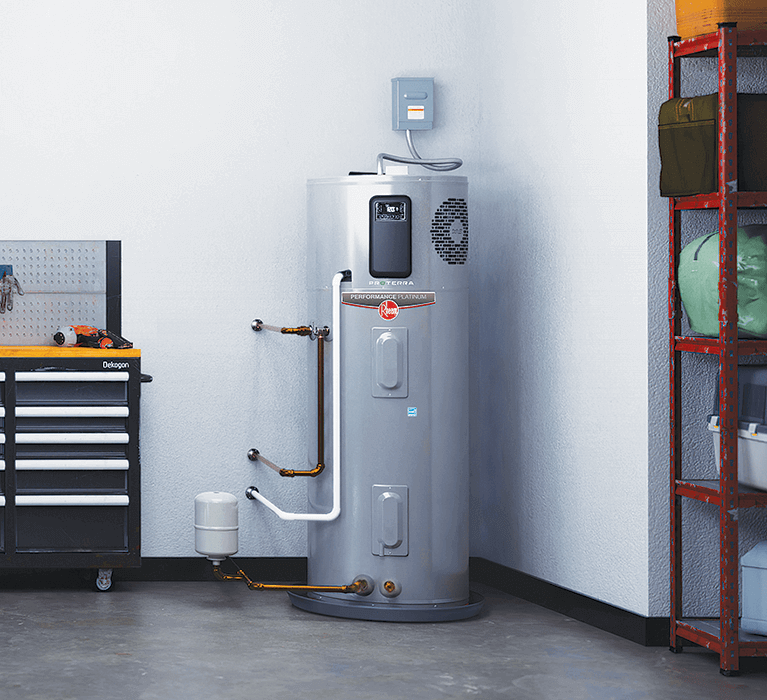In this article further down you can find some good information and facts with regards to Tips on Maintaining a Water Heater.

Warm water is necessary for everyday convenience, whether it's for a rejuvenating shower or washing meals. To ensure your hot water system runs efficiently and lasts much longer, normal upkeep is crucial. This post supplies functional suggestions and insights on exactly how to preserve your home's hot water system to avoid disruptions and pricey repair services.
Introduction
Keeping your home's warm water system may seem challenging, but with a couple of basic steps, you can ensure it runs efficiently for many years to come. This guide covers every little thing from comprehending your hot water system to DIY upkeep ideas and knowing when to call in specialist assistance.
Significance of Maintaining Your Warm Water System
Routine maintenance not just prolongs the lifespan of your warm water system however also guarantees it operates efficiently. Disregarding upkeep can lead to lowered effectiveness, higher power expenses, and also early failure of the system.
Indicators Your Hot Water System Needs Maintenance
Recognizing when your hot water system requires interest can prevent significant issues. Keep an eye out for indications such as irregular water temperature, odd noises from the heating system, or rusty water.
Purging the Water Heater
Purging your water heater gets rid of sediment build-up, enhancing performance and extending its life.
Checking and Replacing Anode Rods
Anode poles avoid deterioration inside the storage tank. Checking and replacing them when worn is crucial.
Complicated Issues Needing Professional Assistance
Instances include significant leaks, electrical troubles, or if your water heater is continually underperforming.
Routine Expert Upkeep Advantages
Expert upkeep can include complete inspections, tune-ups, and making sure conformity with safety requirements.
Checking and Adjusting Temperature Setups
Adjusting the temperature setups ensures optimal efficiency and safety and security.
DIY Tips for Maintenance
You can do several maintenance jobs on your own to keep your hot water system in leading problem.
Checking for Leaks
On a regular basis inspect pipes and connections for leakages, as these can bring about water damage and higher expenses.
Understanding Your Hot Water System
Prior to diving right into maintenance tasks, it's valuable to comprehend the standard components of your hot water system. Usually, this consists of the hot water heater itself, pipelines, anode poles, and temperature controls.
Monthly Maintenance Tasks
Routine monthly checks can assist catch small problems prior to they rise.
Testing Pressure Relief Valves
Evaluating the pressure relief valve ensures it works appropriately and protects against too much stress buildup.
Insulating Pipes
Insulating hot water pipes reduces heat loss and can save energy.
When to Call a Professional
While DIY maintenance is advantageous, some problems need expert competence.
Final thought
Routine maintenance of your home's hot water system is vital for effectiveness, longevity, and cost savings. By following these tips and knowing when to look for specialist aid, you can make sure a reputable supply of hot water without unexpected disruptions.
How to Maintain an Instant Hot Water Heater
Before tinkering with your hot water heater, make sure that it’s not powered on. You also have to turn off the main circuit breaker and shut off the main gas line to prevent accidents. Also turn off the water valves connected to your unit to prevent water from flowing into and out of the appliance. 2. When you’re done, you have to detach the purge valves’ caps. These look like the letter “T” and are situated on either side of the water valves. Doing so will release any pressure that has accumulated inside the valves while at the same time avoid hot water from shooting out and burning your skin. 3. When the purge valves’ caps are removed, you have to connect your hosing lines to the valves. Your unit should have come with three hoses but if it didn’t, you can purchase these things from any hardware or home repair shops. You can also get them from retail stores that sell water heating systems. Read the user’s manual and follow it to complete this task properly. When the hosing lines are connected, open the purge port’s valves. 4. You should never use harsh chemical cleaners or solutions when cleaning your unit. Make use of white vinegar instead. It should be undiluted and you’ll probably use about 2 gallons. 5. Now flush your water heater. This task should probably take about 40 minutes. We can’t give you specific directions for this because the procedure is carried out depending on the type, model and brand of your heater. With that being said, refer to the user’s manual. 6. When you’re done draining the unit, you have to turn off the purge port valves again. Remove the hosing lines that you earlier installed on each of the water valves. Put the valve caps (purge port) back in their respective places and be very careful so as not to damage the rubber discs that are found inside these caps. 7. Now that everything’s back in place, check your user’s manual again to find out how to reactivate your water heating system. 8. Once it is working, turn one of your hot water faucets on just to let air pass through the heater’s water supply pipes. Leave the tap on until water flows smoothly out of it. https://www.orrplumbing.com/blog/2014/september/how-to-maintain-an-instant-hot-water-heater/
:max_bytes(150000):strip_icc()/reasons-gas-water-heater-not-working-5212987-hero-fe6b82a59053421c88b7d13ea311d3c5.jpg)
As a passionate person who reads about Water Heater Maintenance Tips You Can't Afford to Forget, I imagined sharing that piece of content was worth the trouble. So long as you enjoyed reading our post please remember to pass it around. Thank you for being here. Revisit us soon.
Course Detail